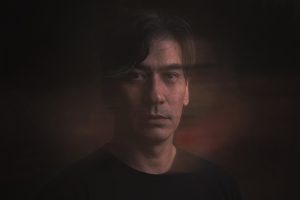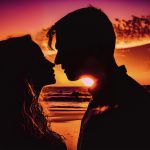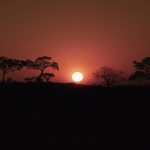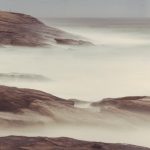Shutter Exposure Triangle
While the diaphragm, our next subject, is located inside the lens, the shutter is located inside the camera, more exactly, in front of the sensor. It operates as a curtain, which, in addition to protecting the sensor, opens and closes allowing light to reach it to form and record images on the memory card.
shutter
The shutter is the last barrier to be overcome by the entry of light. Your curtain is only open for a few quick moments while the shot takes place. Like the diaphragm, the shutter can be controlled manually, as needed by the subject, or automatically, defined by the camera itself, which reads the light and defines these points on its own.
Exposure Time - Shutter Exposure Triangle
The speed with which this curtain opens and closes is called the exposure time. This time is expressed in fractions of seconds with values that can vary between 30" (extremely slow), 1", 1/2, 1/8, 1/30 (slow), 1/80 (normal), 1/250 ( medium), 1/600 (fast), 1/1000 (very fast), 1/4000 (extremely fast), depending on the DSLR model.
For a scene with a lot of light, a short exposure time, or an open curtain, is necessary, however, a low light scene needs to keep this curtain open longer, extending the exposure time so that the sensor is able to record the information.
Therefore, to set the correct shutter speed, some initial factors will be taken into account, such as the brightness of the location and whether the subject is moving or stationary.
Fractions with higher numbers = shorter exposure time.
Fractions with higher numbers = longer exposure to light.
Next, the subject is moving, so for the image to freeze, you need to use a higher fraction for the light exposure time.

Faster shutter speed for correct capture
Blur Effect
Although there are many automatic modes in today's cameras, you can choose to manipulate the exposure time to achieve effects on your photos, such as freezing motion at a high speed or capturing motion trails at an extremely low speed, triggering the effect. blur.
Blur effect is the effect for blurry scenes, with little sharpness, provoked
for the long exposure time of the shutter
bulb
Some DSLR camera models have a B (Bulb) or T (Time) button on the mode dial, allowing the camera's shutter to stay open for as long as necessary to record your scene or subject. Other models have this time stamp in the equipment speed options, being the lowest speeds that the equipment can operate.
An example would be capturing night lights, fireworks, movement of stars in the sky, and the trail of water movement.
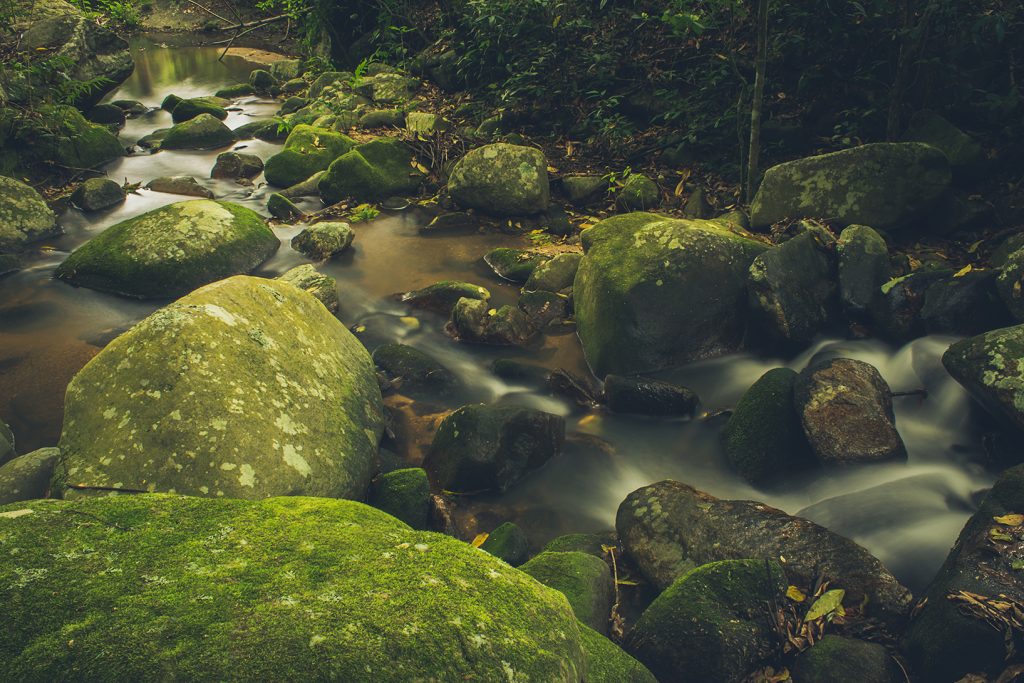
Image Stabilizer
Professional lenses have an add-on called an image stabilizer. It allows you to reduce noise in photos even in situations where the equipment is shaking – such as shooting holding the camera in your hands or moving around while shooting.
When you use a lens without a stabilizer, you will need to double your attention when choosing this speed. This way, you will run less risk of losing the sharpness of your photos due to noise in the image.
That's why it's important to understand the relationship of shutter speed versus aperture. A correct exposure speed will result in sharper and brighter images, or may produce interesting effects such as freezing images. As you become more familiar with photography training tools, exploring the possibilities will become an increasingly interesting task.
CONTINUED IN NEXT ARTICLE
Anyway, we will meet in the next article on photographic technique.
So, did you like the article about the Exhibition Triangle and want to contribute a coffee of thanks? Make your contribution using the QR Code below. Help the Foto Blog that helps you. Any value is welcome! A coffee is R$2 here, for example.

Related articles
| Make long exposure | Types of cameras | Light the principle (part 1) | Light the principle (part 2) |
Other links
| | Photo Accessories | | Saquarema | | Photo | | Photography | | Online Gallery | | FotoBlog | | Claude Monet | | Photographic Technique | Color Photographic Technique | Quality of a photo | What is Photography? | The Role of the Sensor | Pricing | DSLR | Shutter Exposure Triangle | Compact | Lens Types | Photographic Technique 5 |

